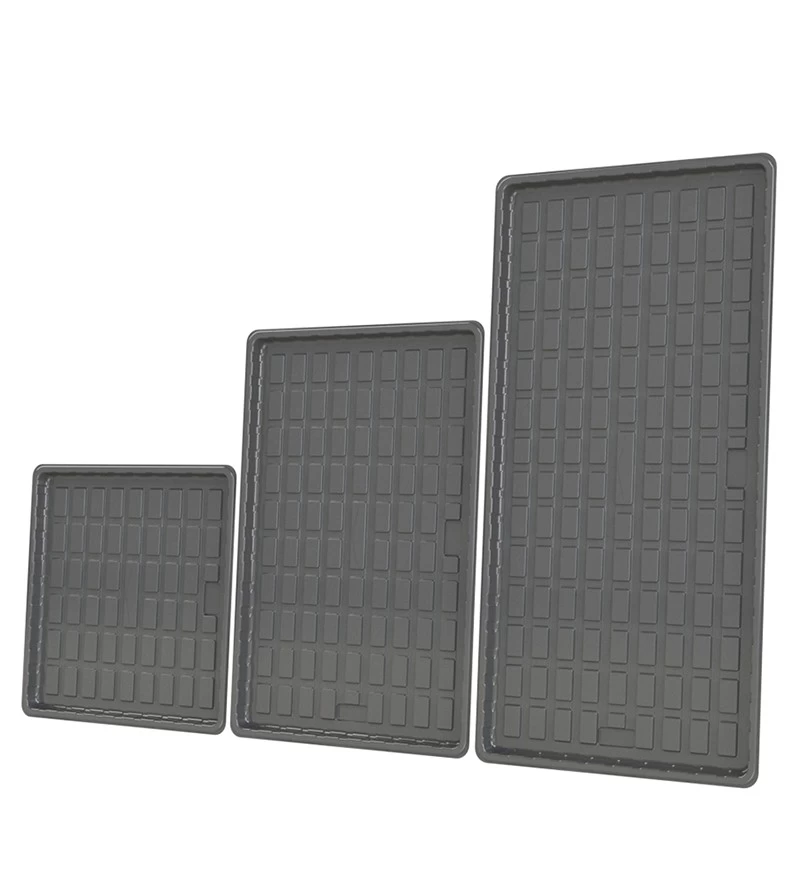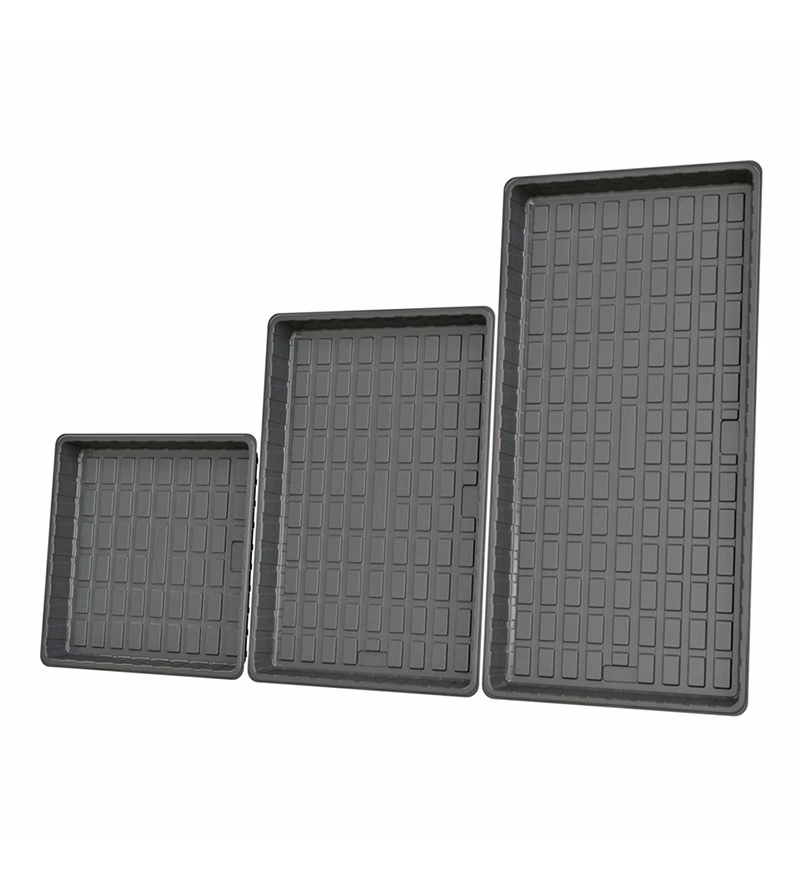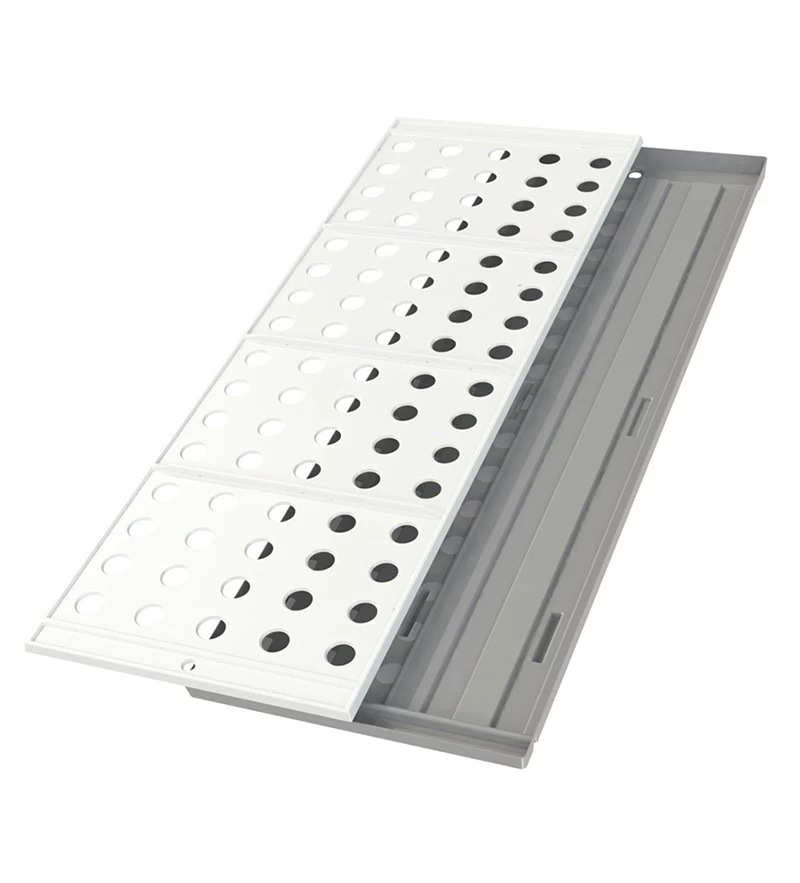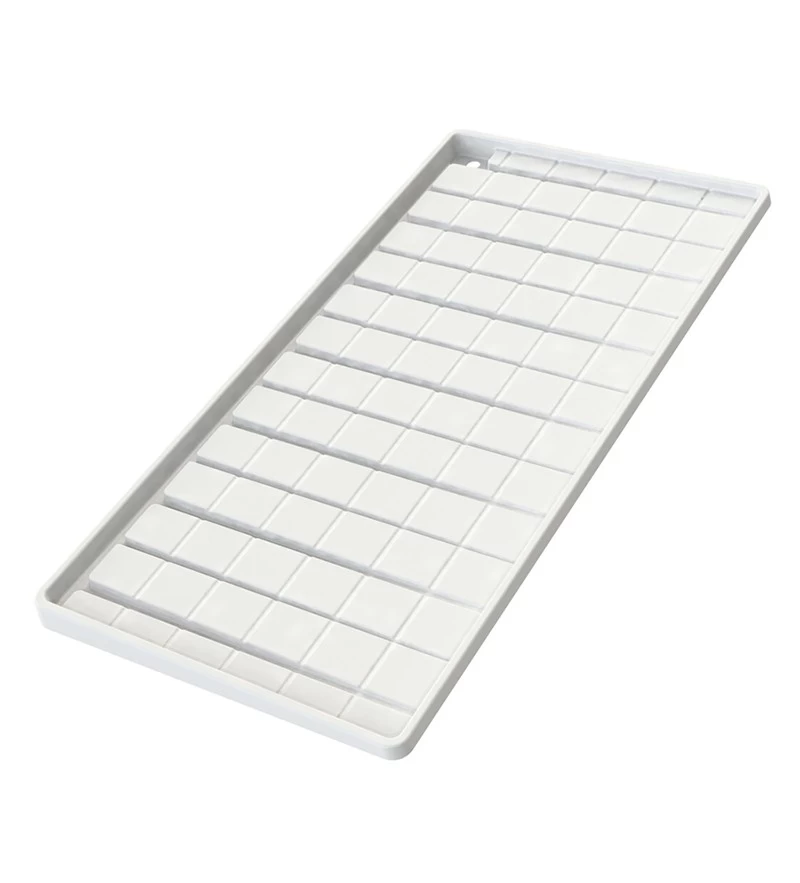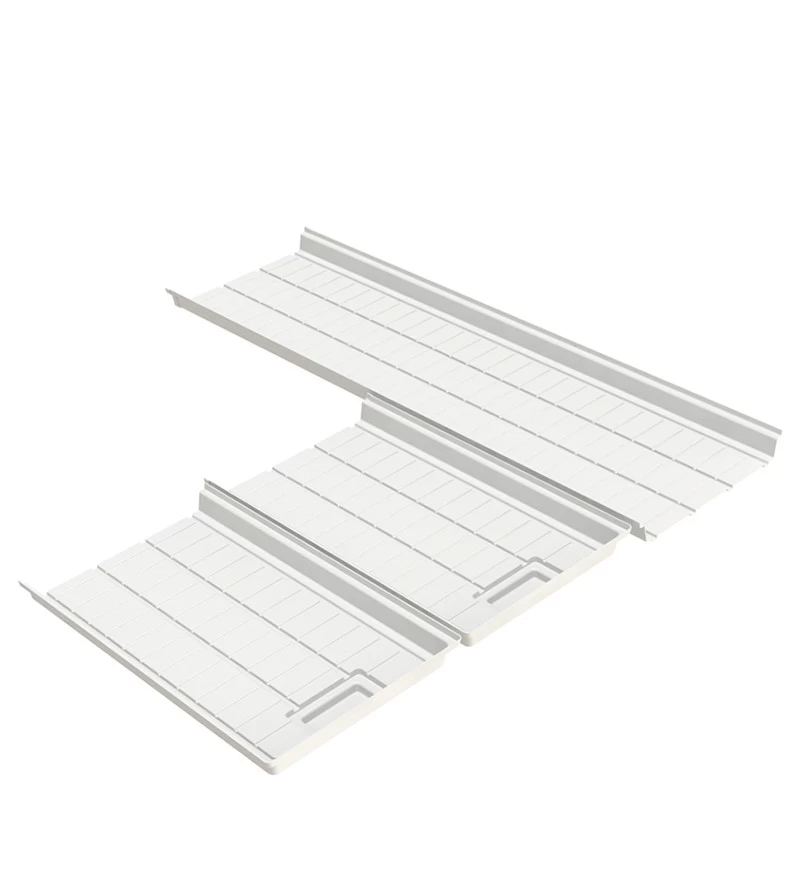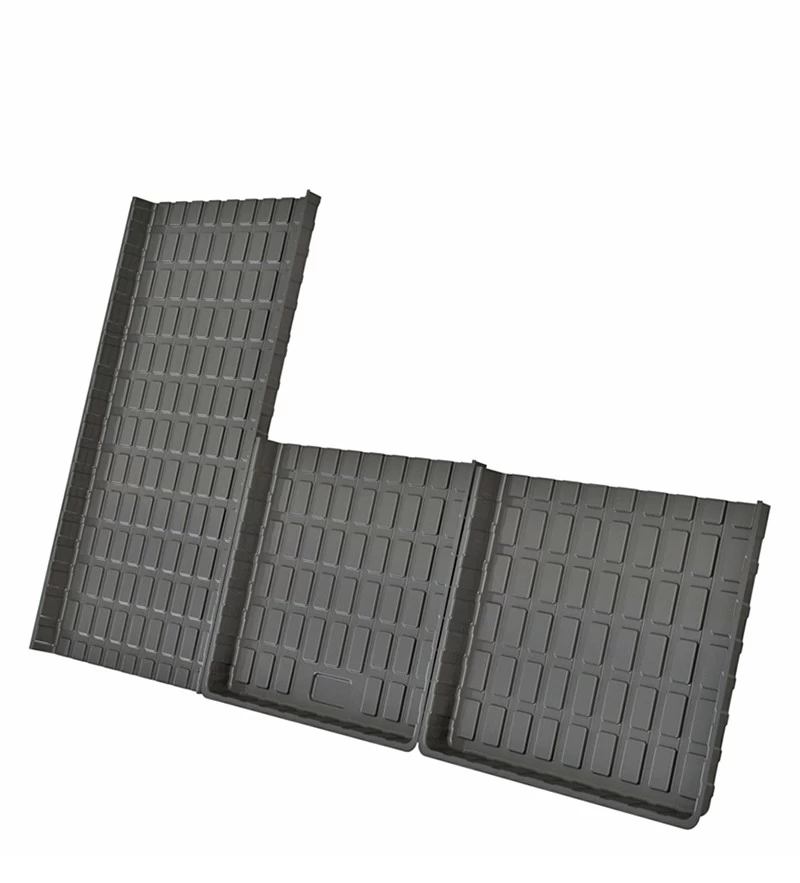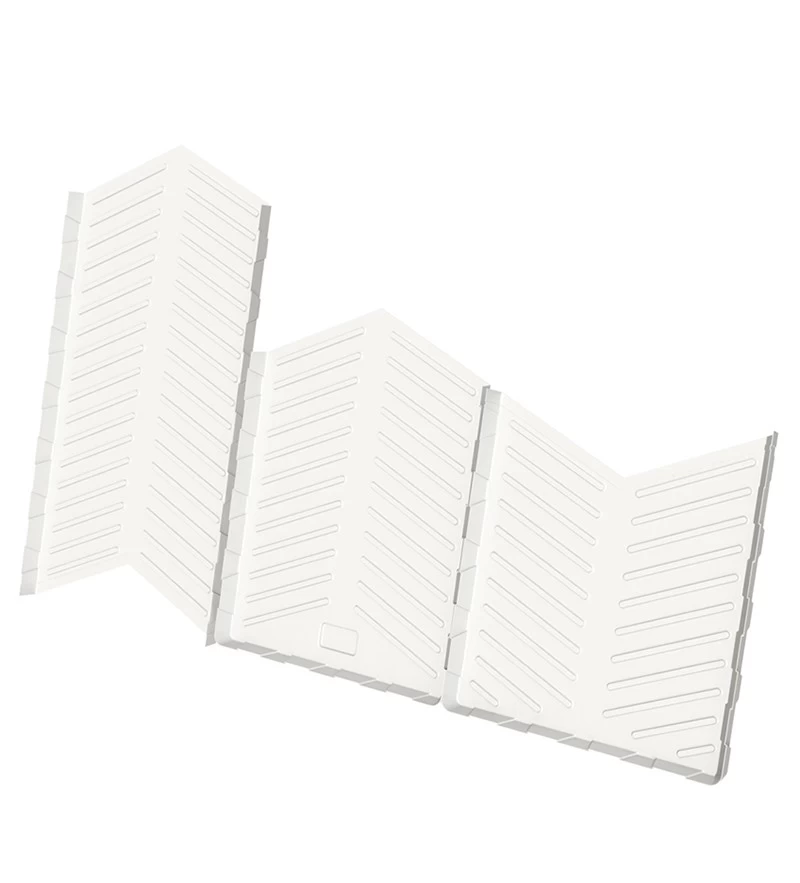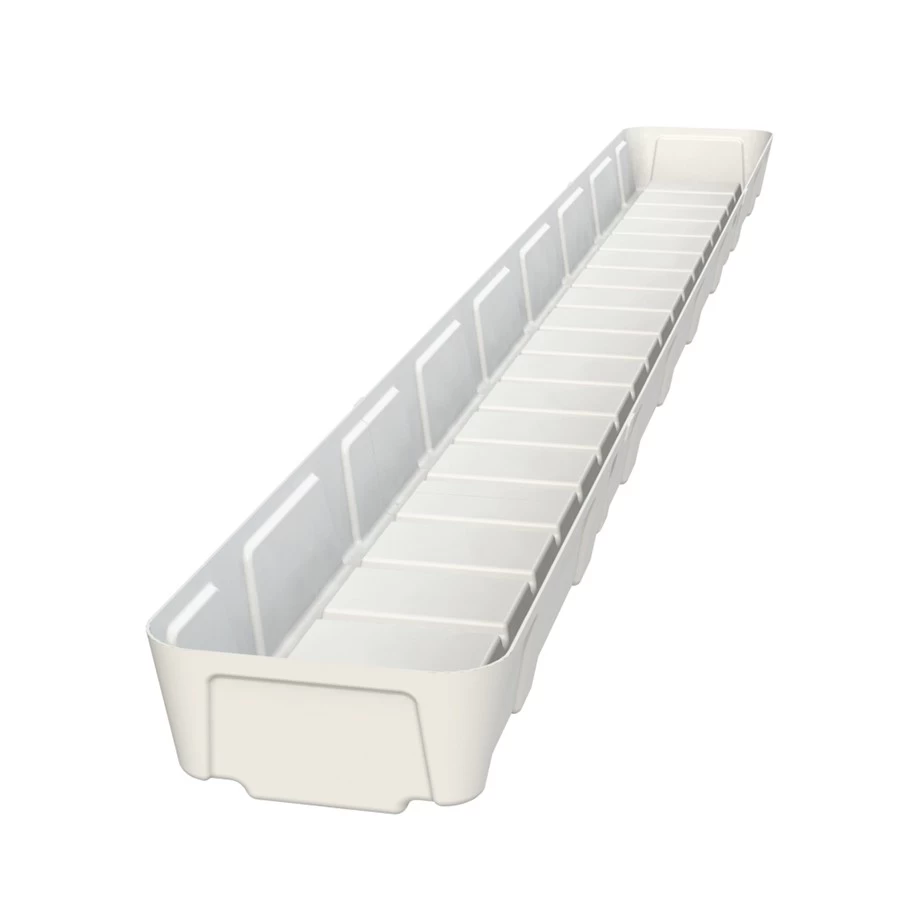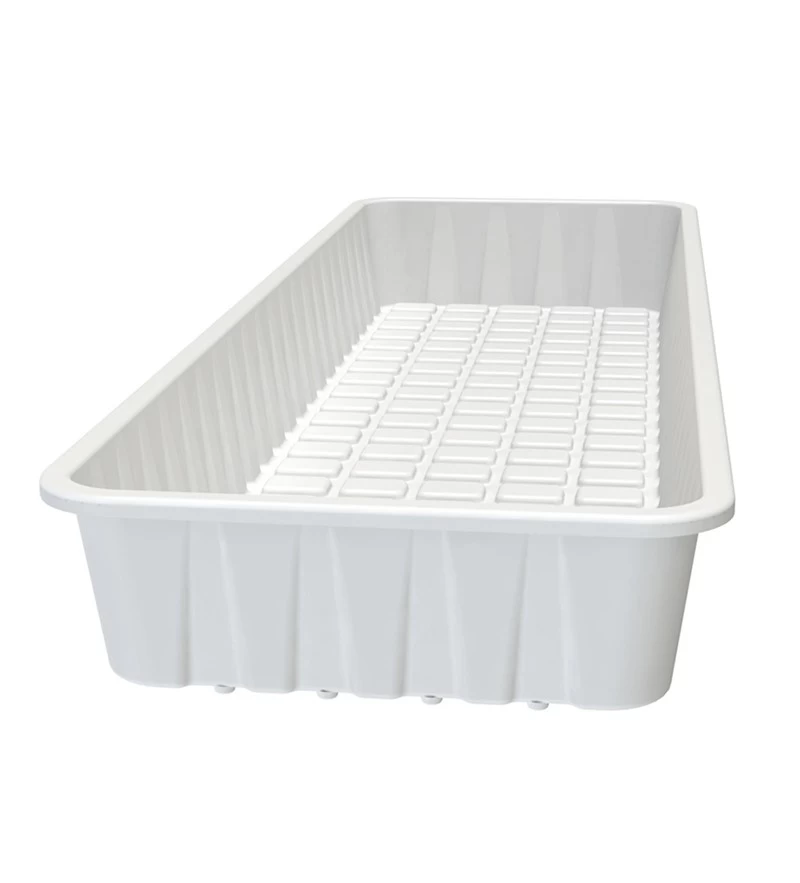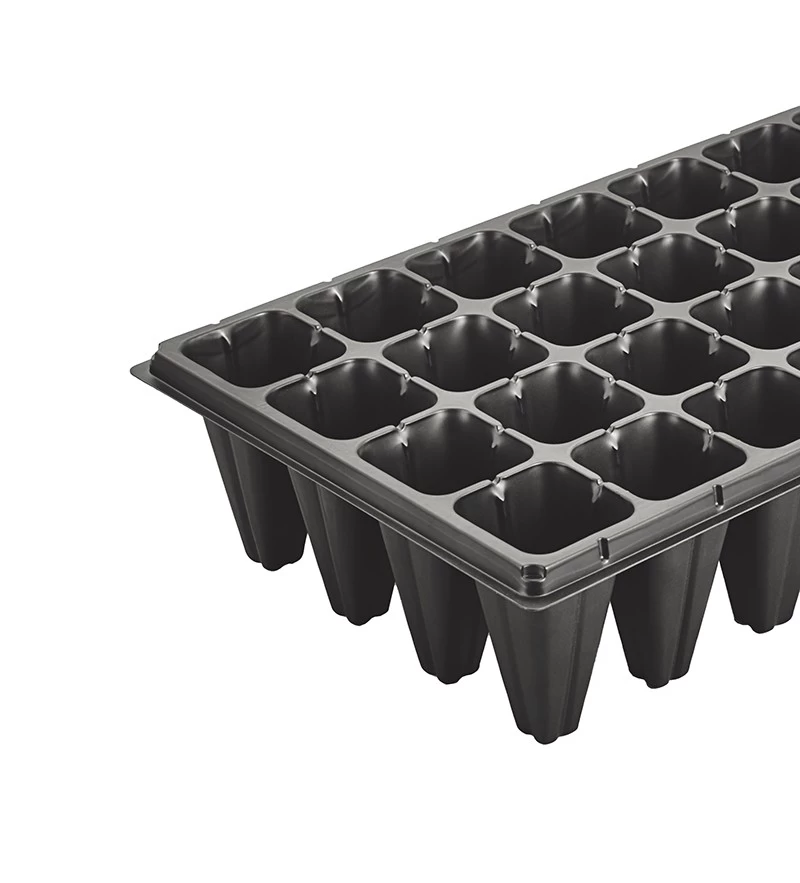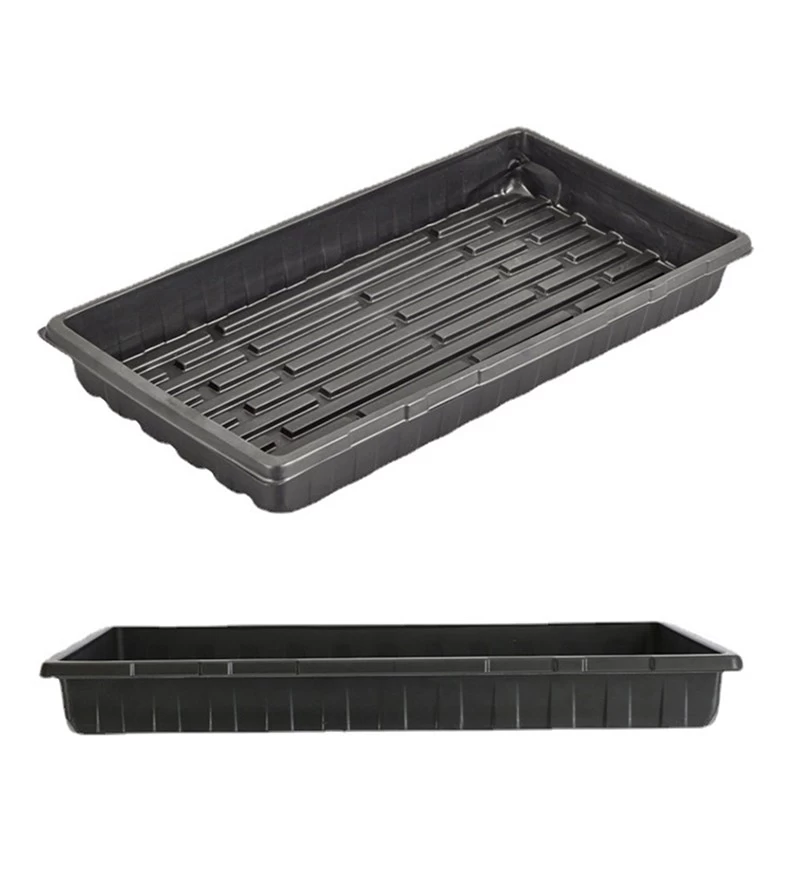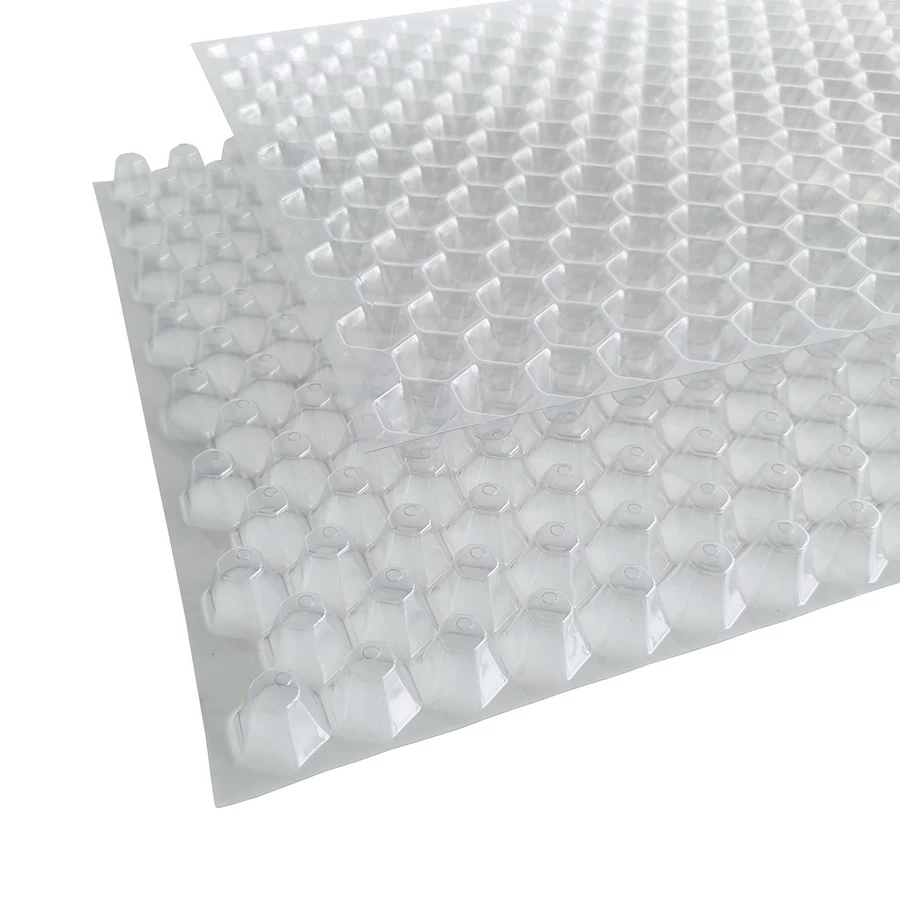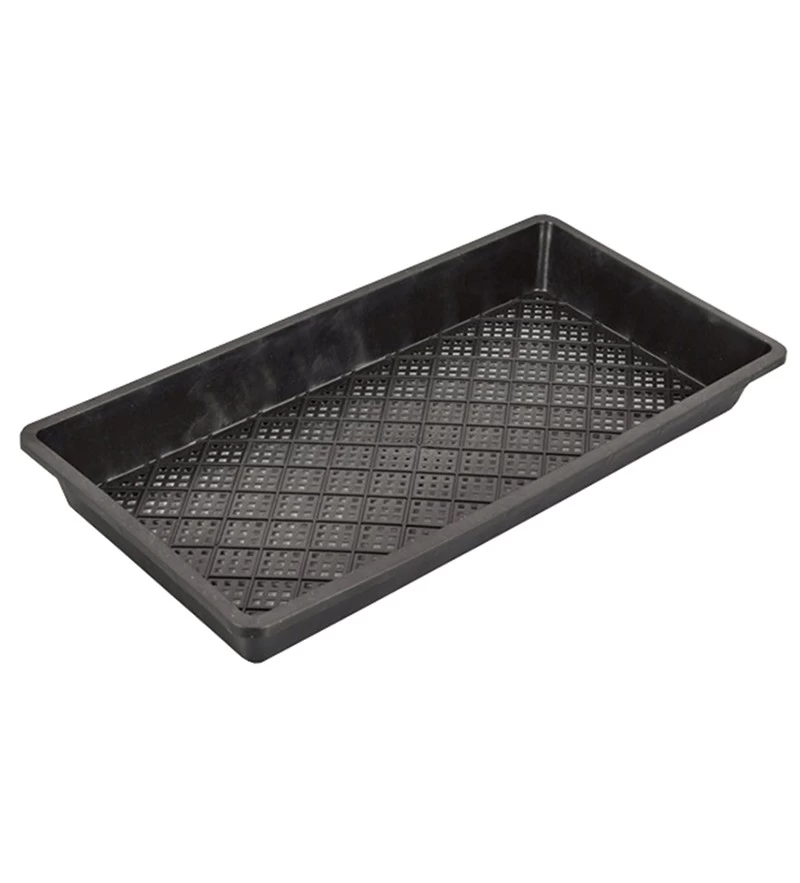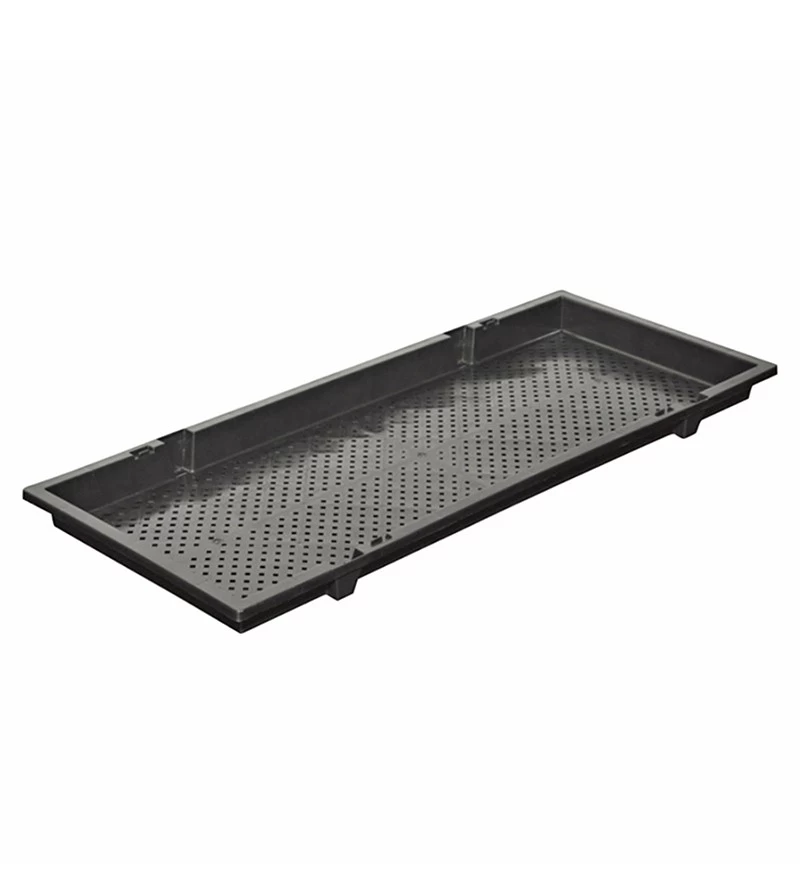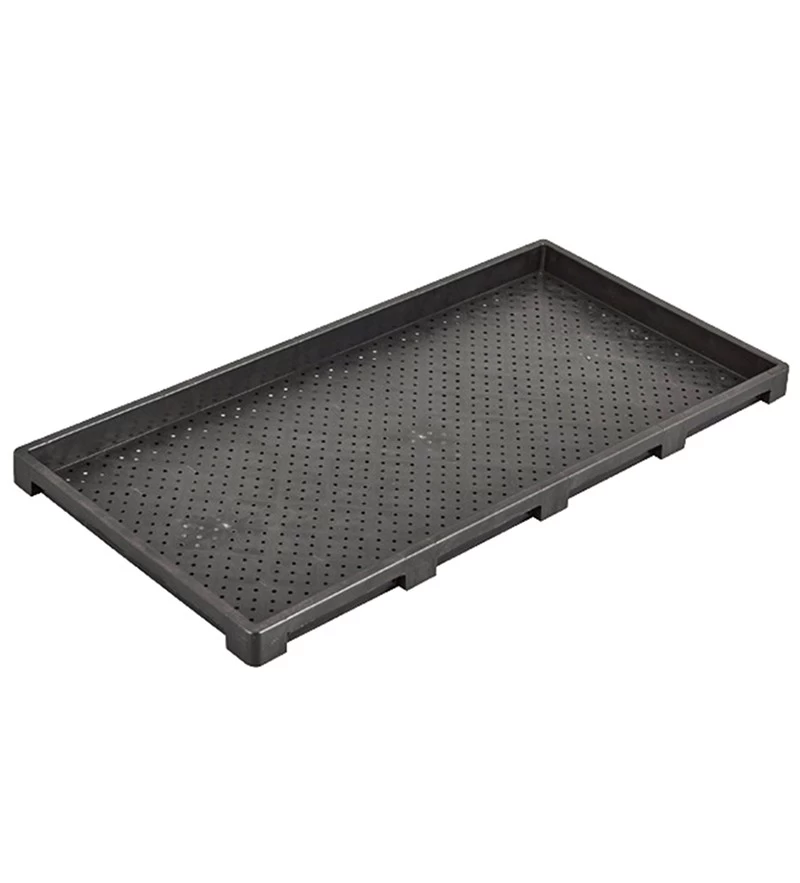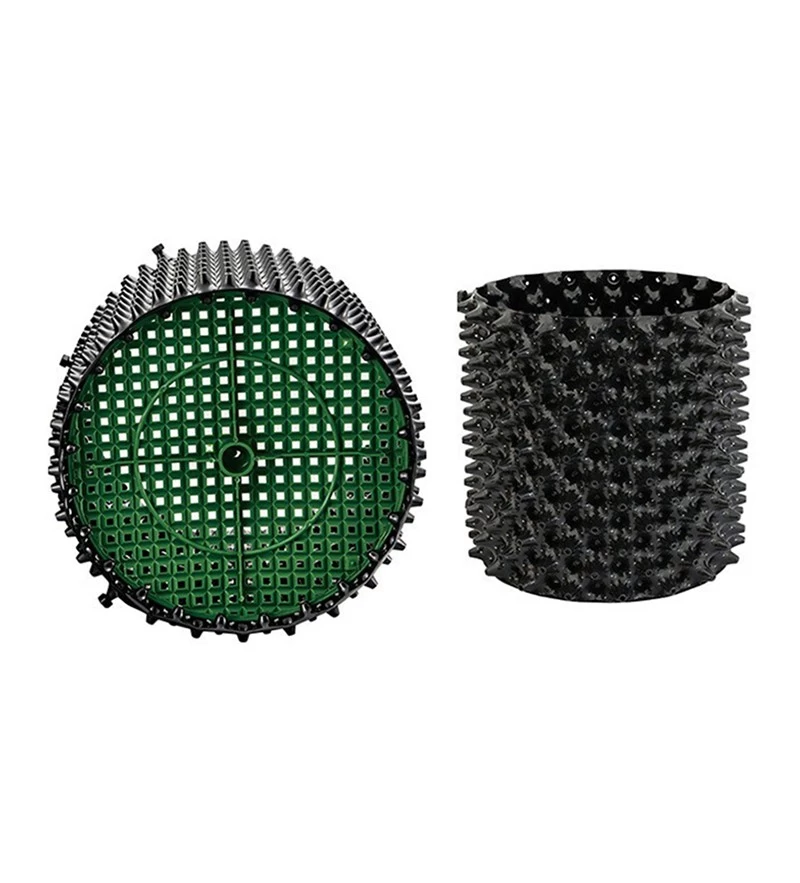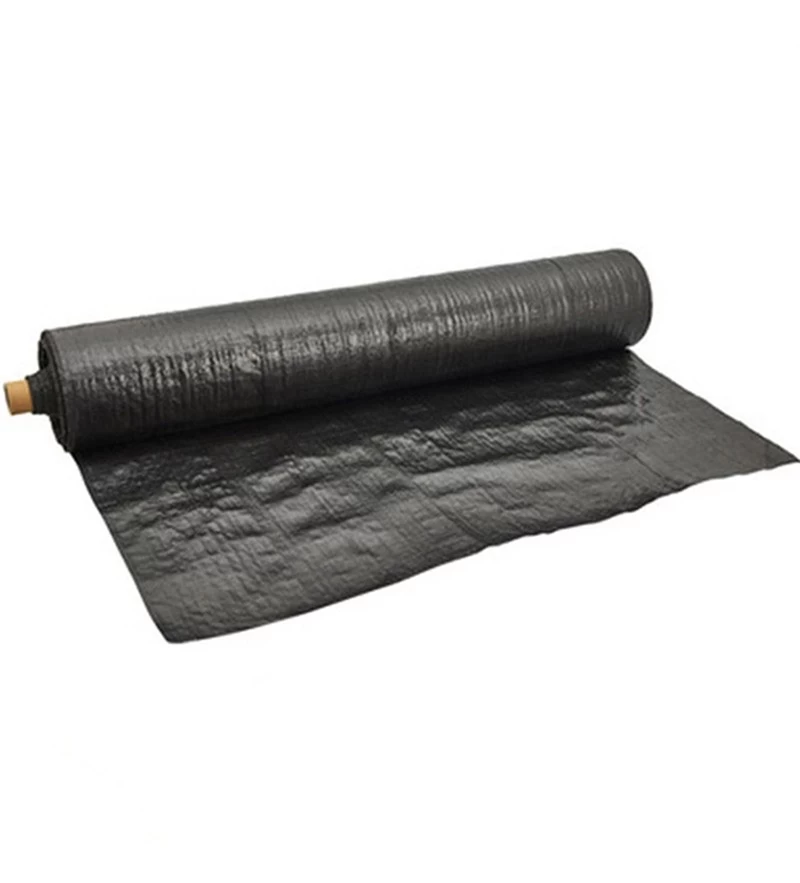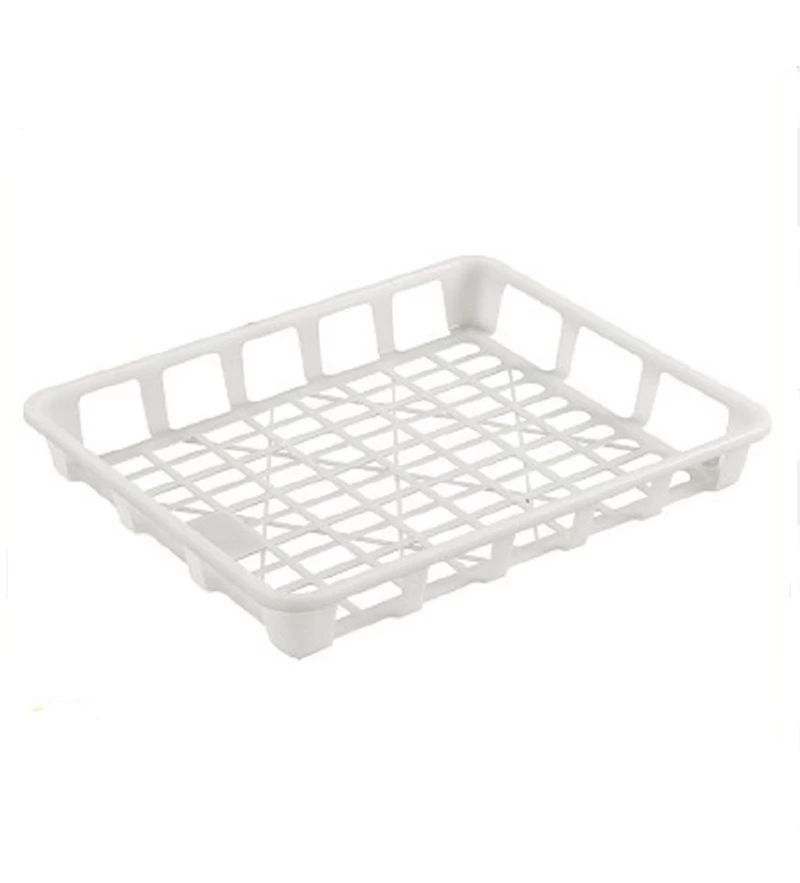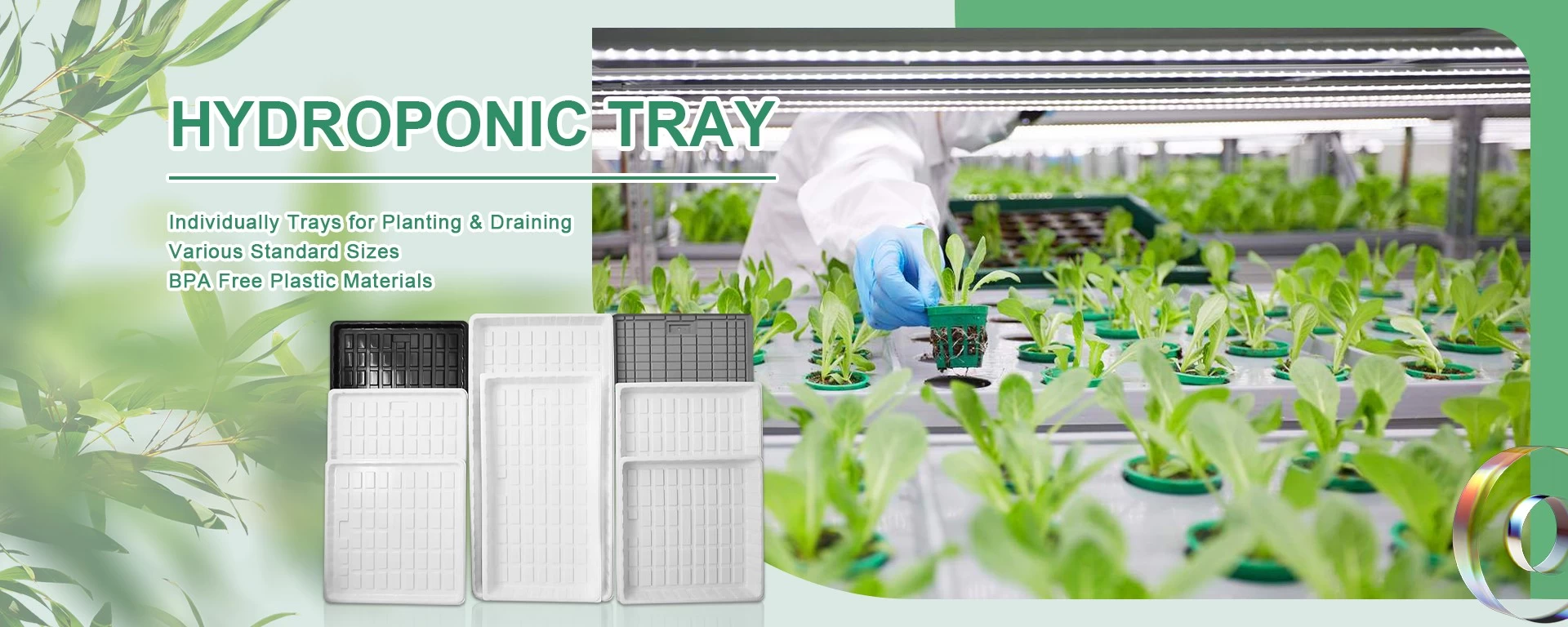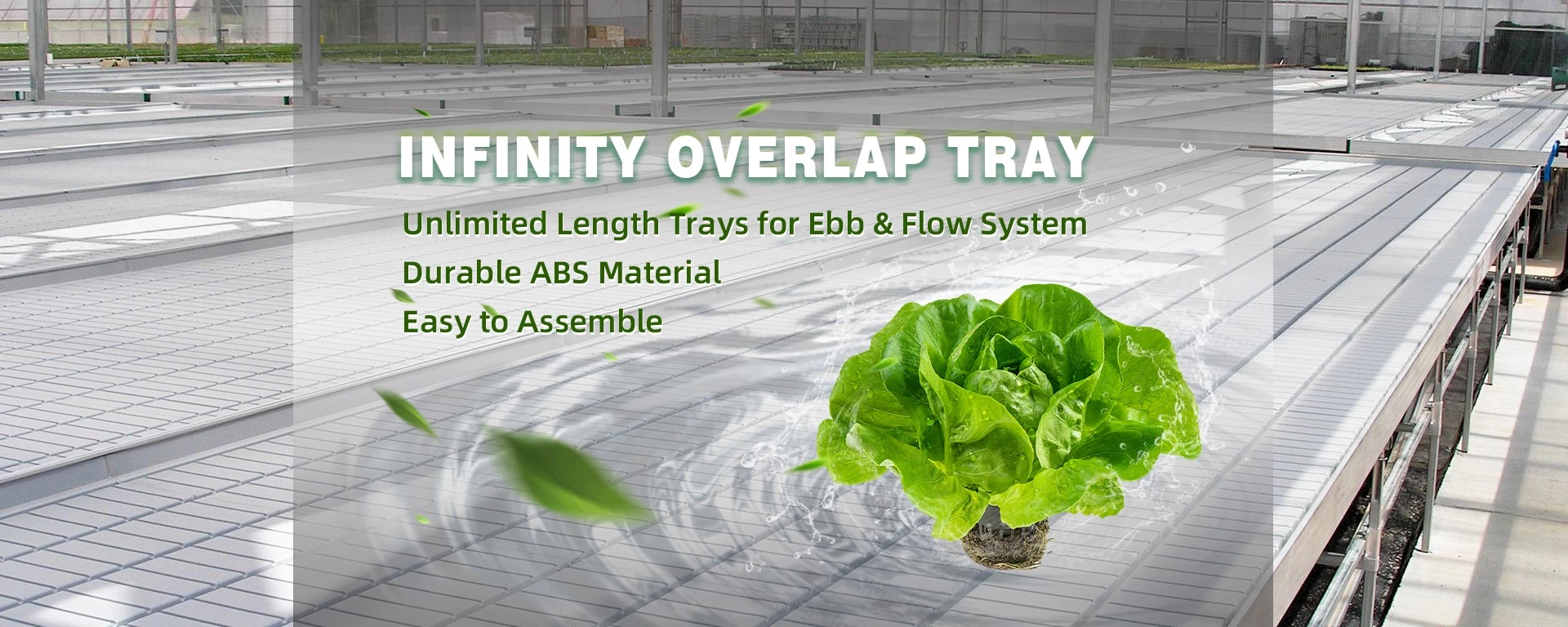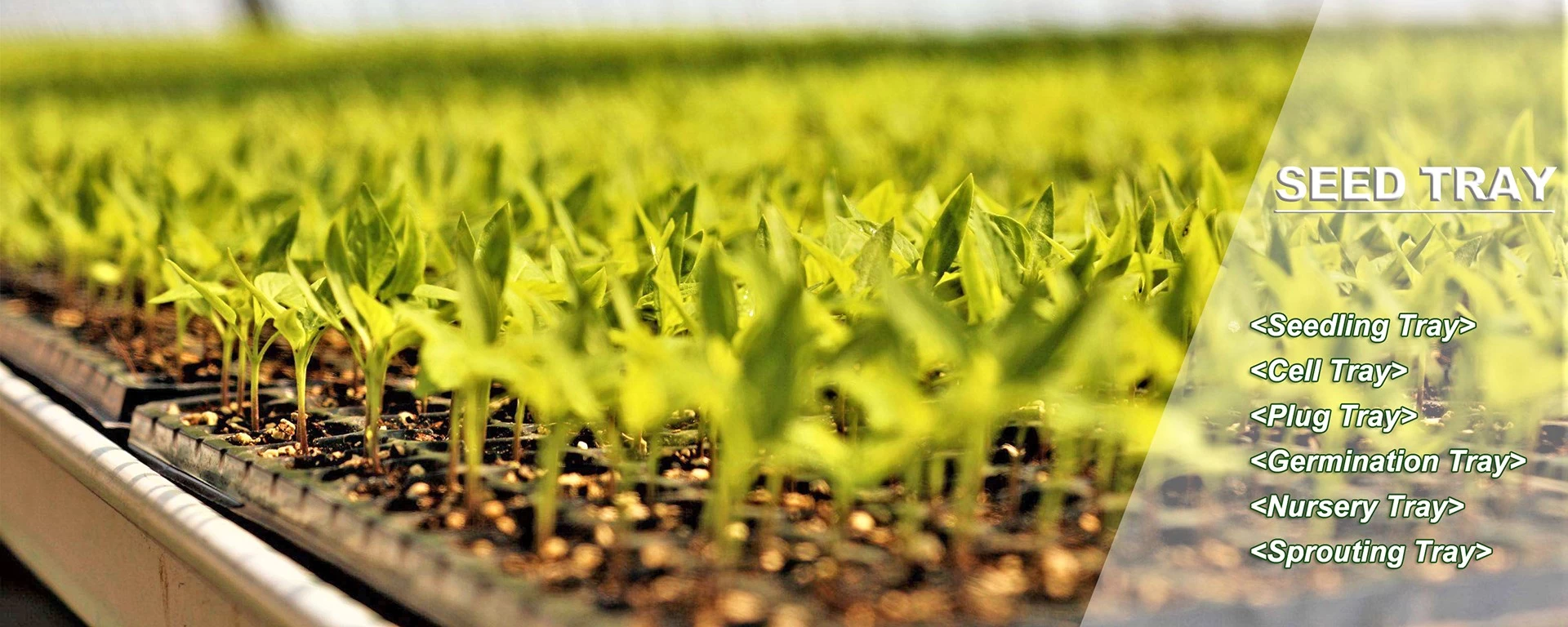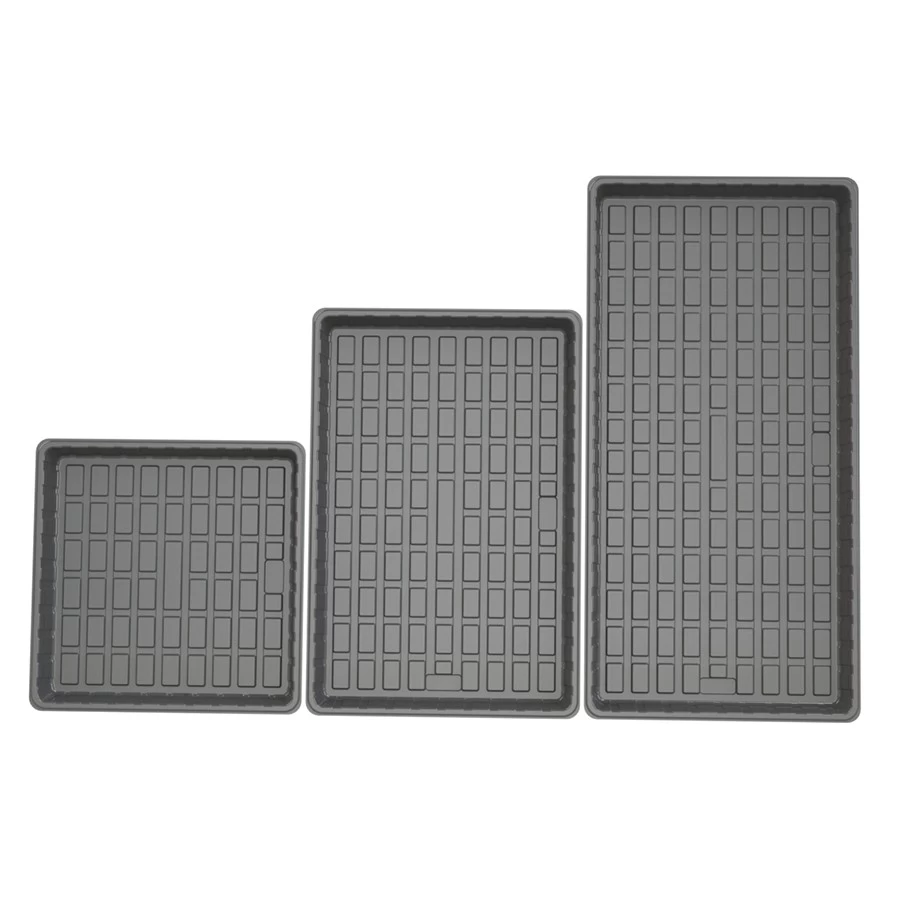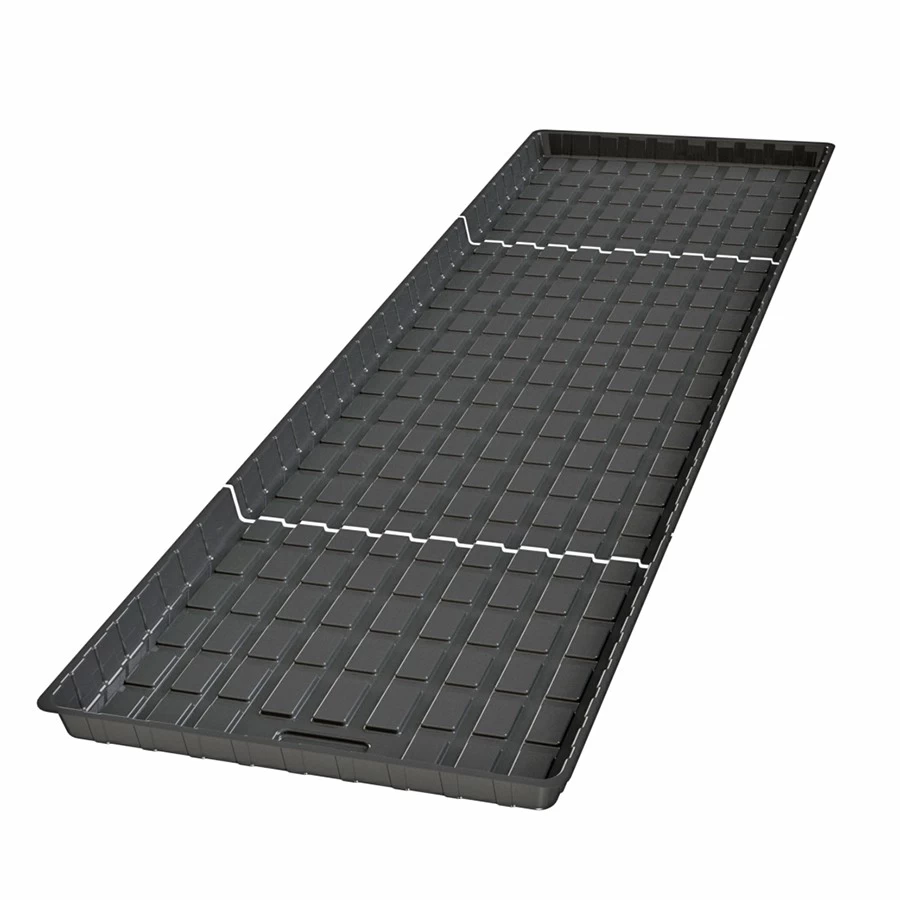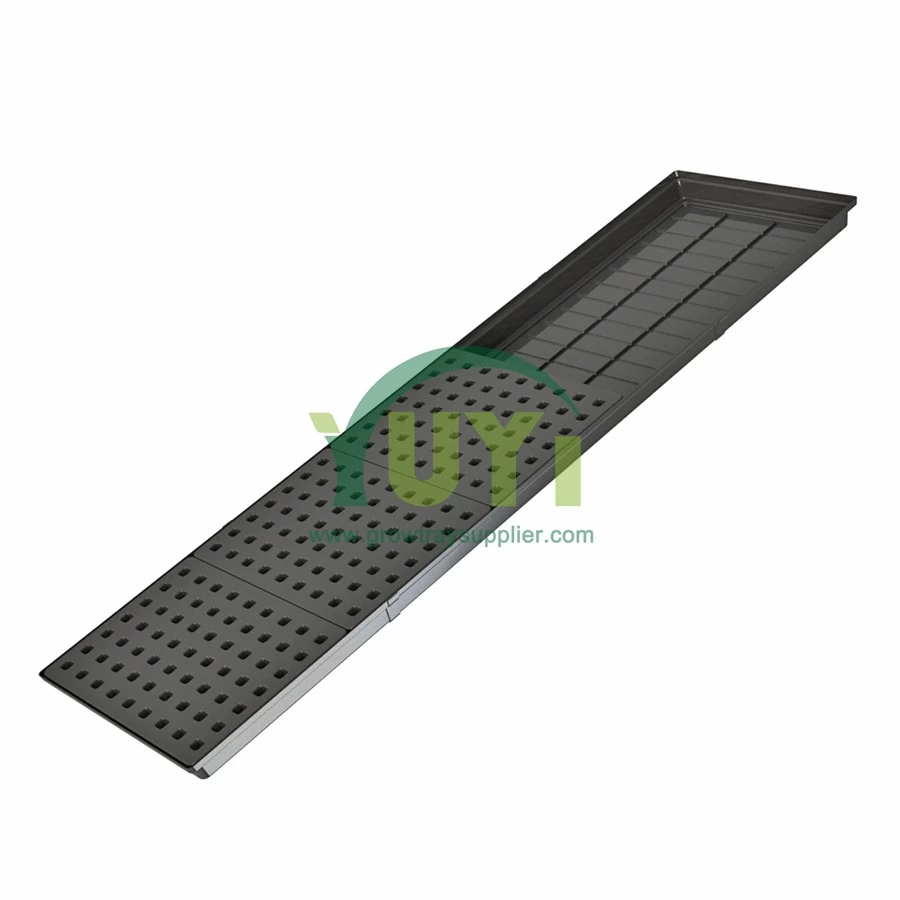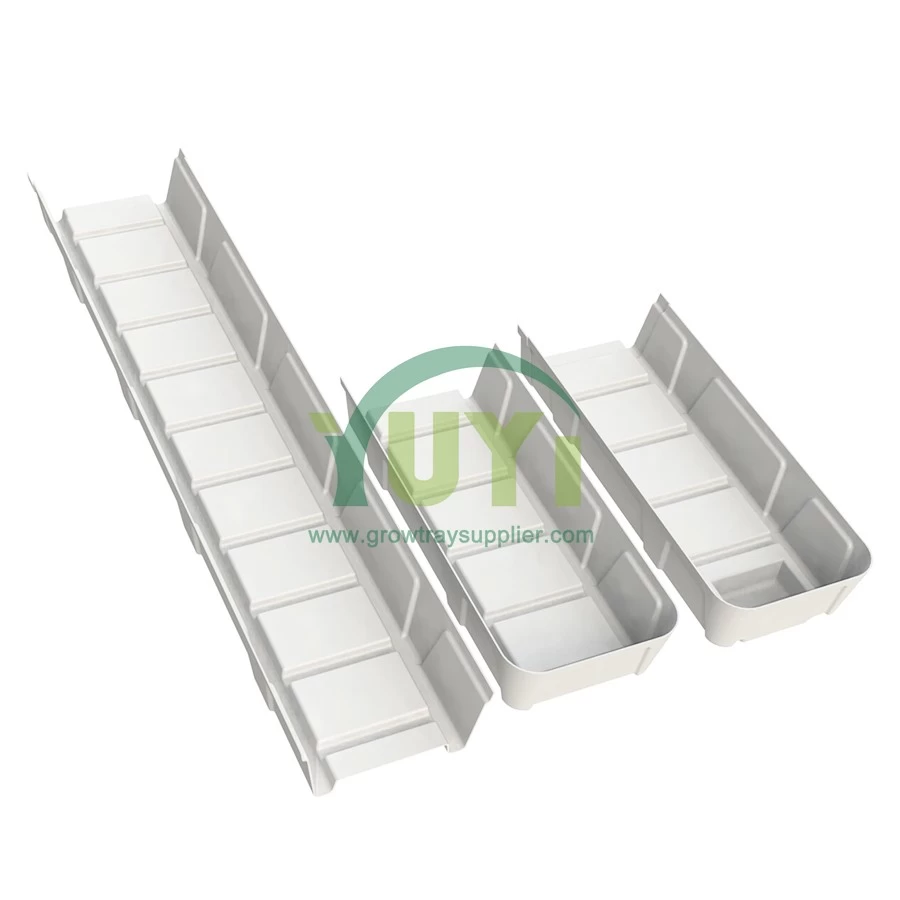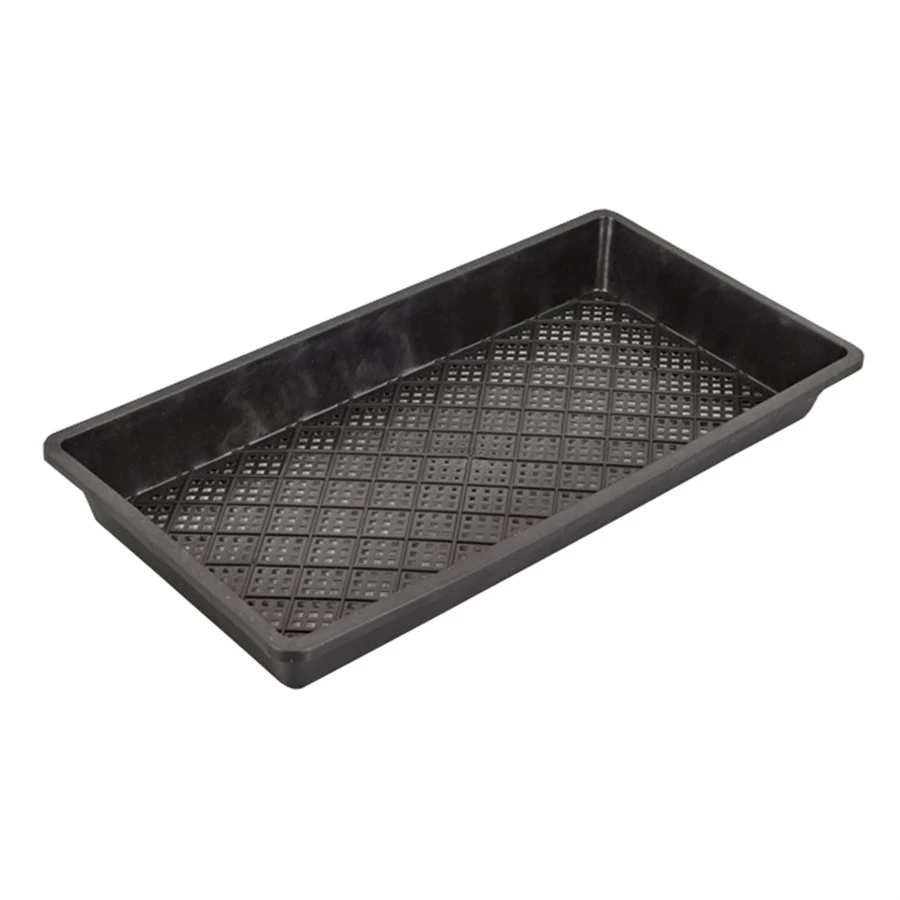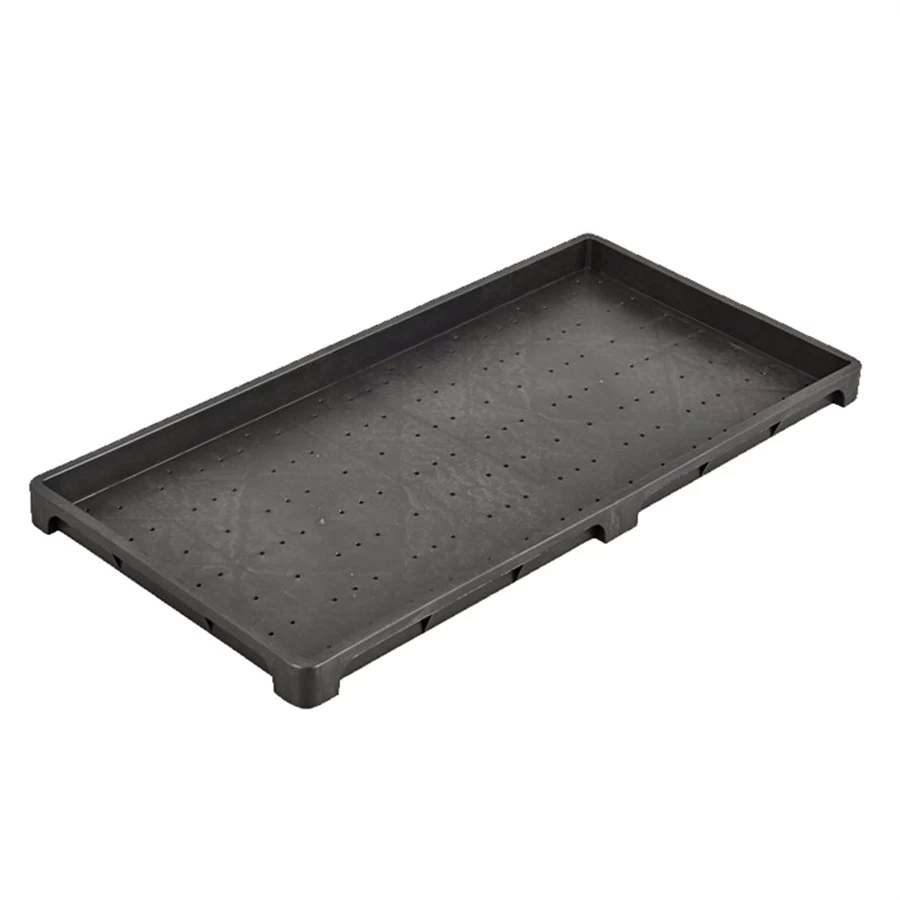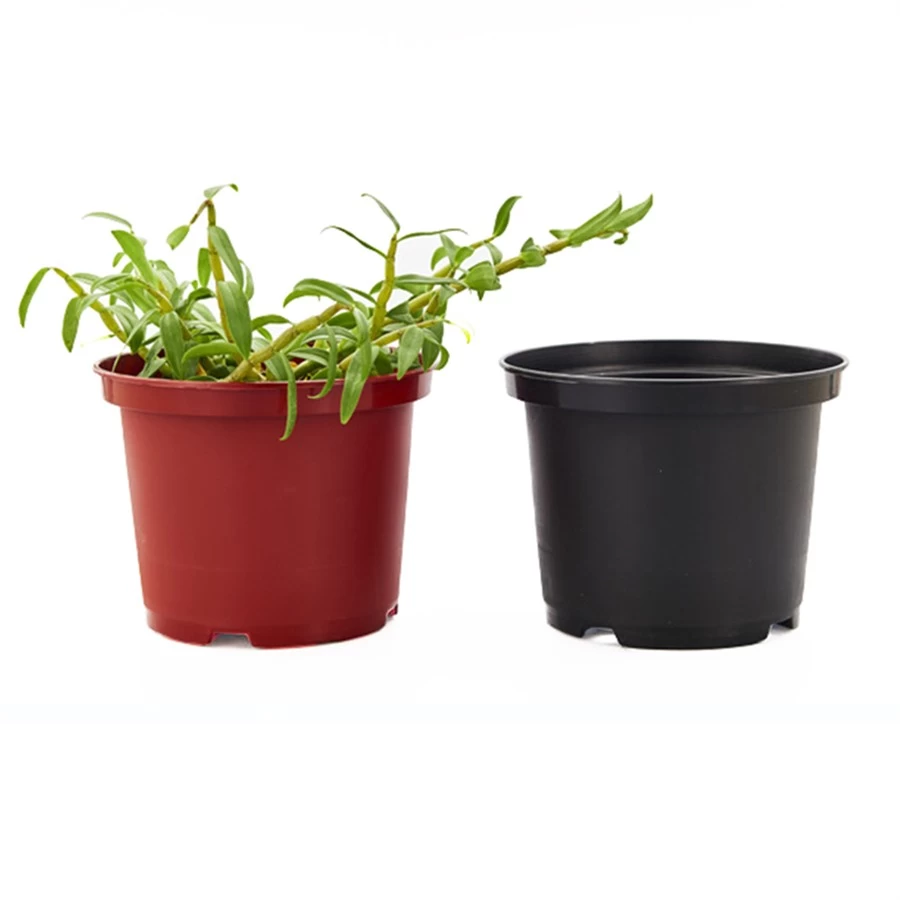Common problems and solutions in vegetable seedling cultivation
Vegetable seedling cultivation is one of the key technologies to improve the comprehensive benefits of vegetable production. It has the advantages of fighting for farming time, increasing stubble, exerting soil fertility, early maturity, prolonging supply, and increasing production. However, in the production of seedlings, there are often problems such as no seedlings after sowing, uneven emergence, unearthed after wearing a cap, root retting, and root burning.

1. No seedlings after sowing
The reason why there are no seedlings for a long time after sowing is that the germination rate of the seeds is low, or the seeds contain pathogens. The soil temperature of the seedbed is too low for a long time, and the humidity is too high, which prevents the elongation of the young shoots and even causes the seeds to rot. Dry bed soil can also affect germination.
Prevention and solution:
a. First, select seeds with a high germination rate, and strictly control the expiration date of the seeds.
b. Germinate the seeds before sowing, and disinfect the seeds to prevent vegetable seedling diseases.
c. Maintain proper temperature and humidity. If the bed soil is too wet, watering should be controlled. If the water cannot be drained in a short time, peat with strong water absorption, furnace ash or vermiculite can be sprinkled on the surface of the bed soil. The thickness is preferably 0.5 cm, and the seedling box is moved to a sunny place, which can not only increase the temperature but also reduce the moisture in the bed.
2. Irregular emergence
One is that the timing of emergence is inconsistent, which is due to the inconsistent maturity of the seeds. Another situation is uneven emergence in the same seedbed, which is related to seeding technology and seedbed management. Uneven sowing, pests and rodents harm the seeds. Alluvial seed irrigation after sowing, inconsistent seedbed humidity, etc. are all causes of irregular emergence.
Prevention and solution:
a. Choose seeds with high germination rate and strong germination potential, and do not mix old seeds.
b. Irrigate the bottom water well, sow the seeds evenly, the density is appropriate, the covering soil is consistent, and the bed soil is leveled and fine.
c. Strengthen management after sowing, and turn over the seeds frequently to make the temperature and humidity of the seedbed consistent.

3. Seed coat does not come off
The reasons may be that the seeds are not mature enough, the storage time is too long, the seeding irrigation is insufficient, and the covering soil is too thin after sowing.
Prevention and solution:
1. Select mature and fine seeds, pour enough water, cover soil thickness should be 3~5 times of the transverse diameter of seeds, and cover soil twice if necessary.
2. Cover with film or straw to keep the surrounding area moist
3. Spray water first when the capped seedlings appear, and gently brush them off with a brush after the seed shells soften.
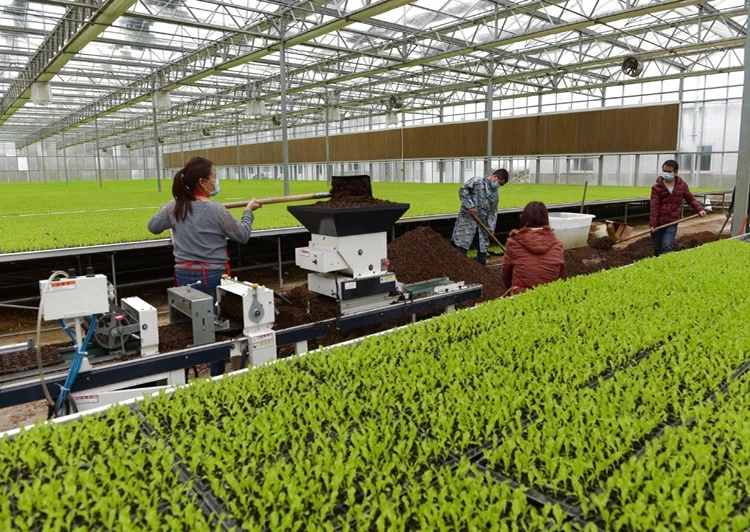
4, retting root
The light is seriously insufficient, the temperature of the bed soil is too low, and the humidity is too high. Poor bed soil preparation, too much clay. Poor water permeability and air permeability. If there is too much bottom water on cloudy days, or pouring large amounts of water before even cloudy days, it is easy to cause root retting.
Prevention and solution:
a. Choose soil with strong air permeability as the seedbed.
b. Control the temperature and humidity of the seedbed, and use geothermal lines to raise seedlings, so that the temperature of the seedbed is kept at 20-25 degrees Celsius during the day and 15 degrees Celsius at night.
c. Control watering to prevent flood irrigation, especially on continuous cloudy days.
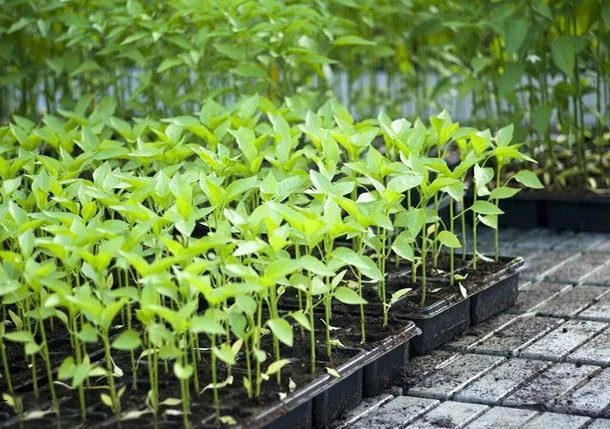
5. Burnt root
Root burn is mainly caused by excessive fertilization and dry soil. If the organic fertilizer that is not fully decomposed is applied to the bed soil, it is easier to burn the roots when the manure is fermented.
Prevention and solution:
a. Fertilization should be reasonable and evenly spread.
b. The organic fertilizer should be decomposed. When fertilizing, be careful not to get too close to the roots. Strictly control the amount of fertilizer applied to the seedbed and water after fertilizing.
The above is only a general summary of the plug tray manufacturer and is for reference only.


